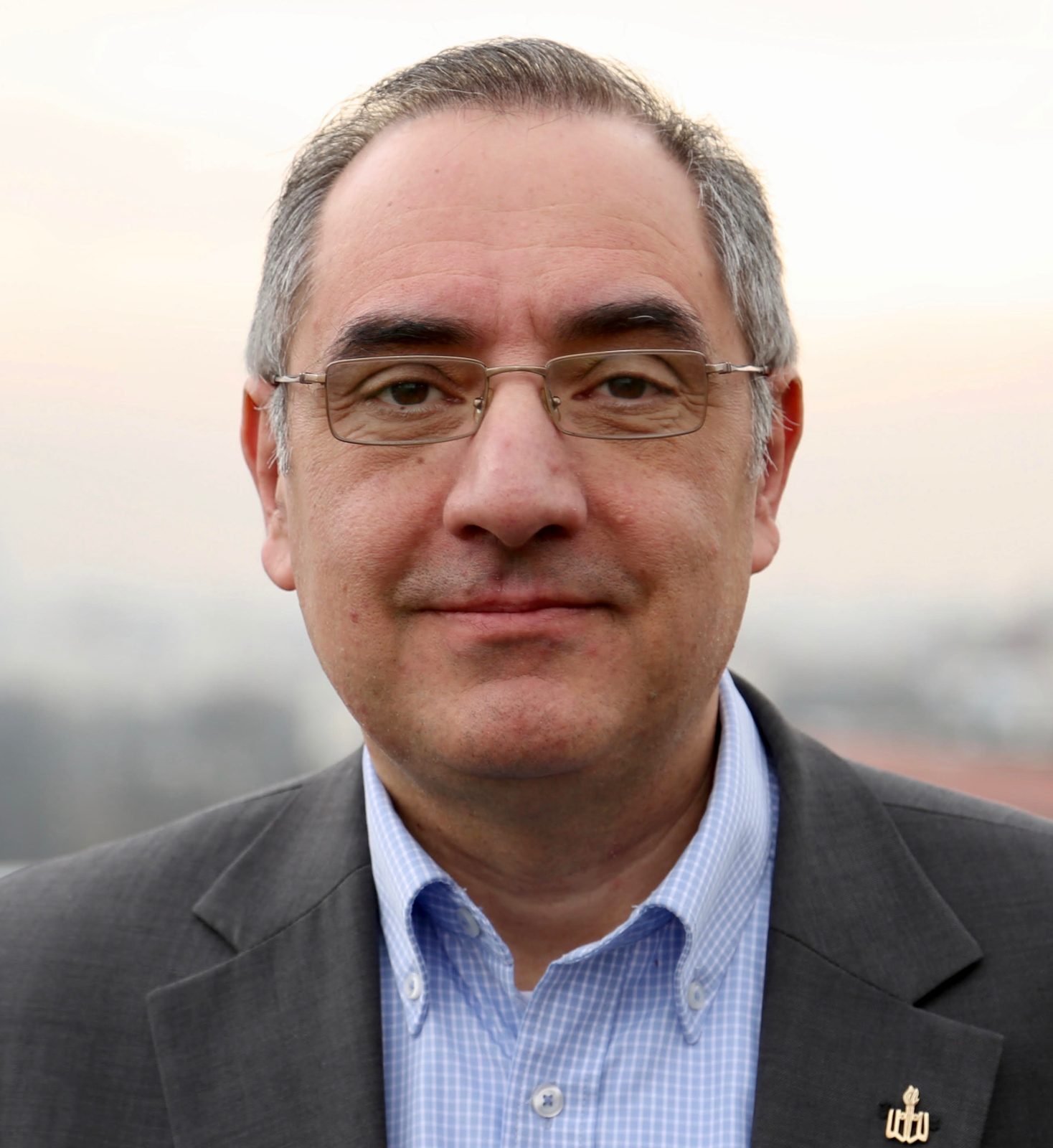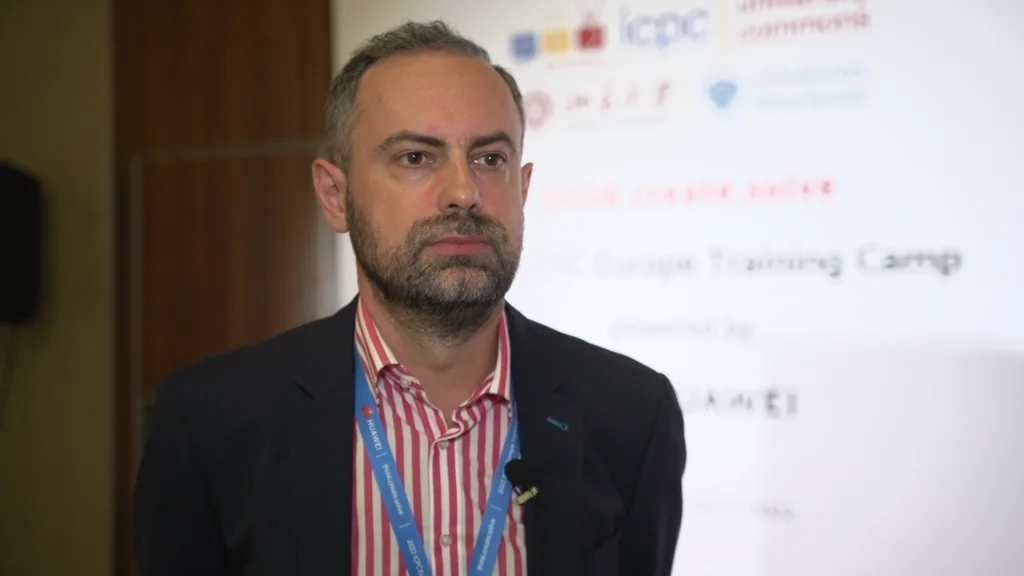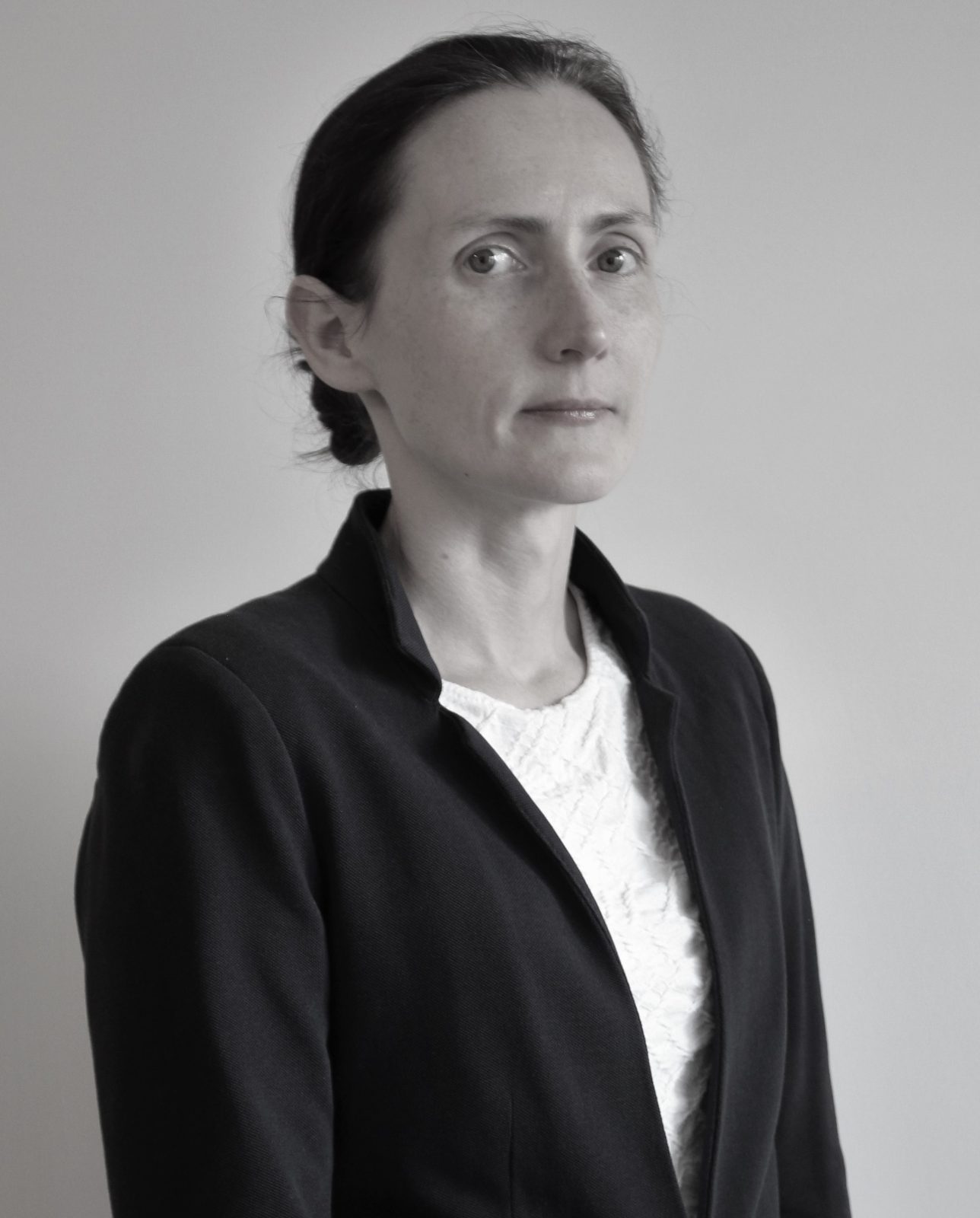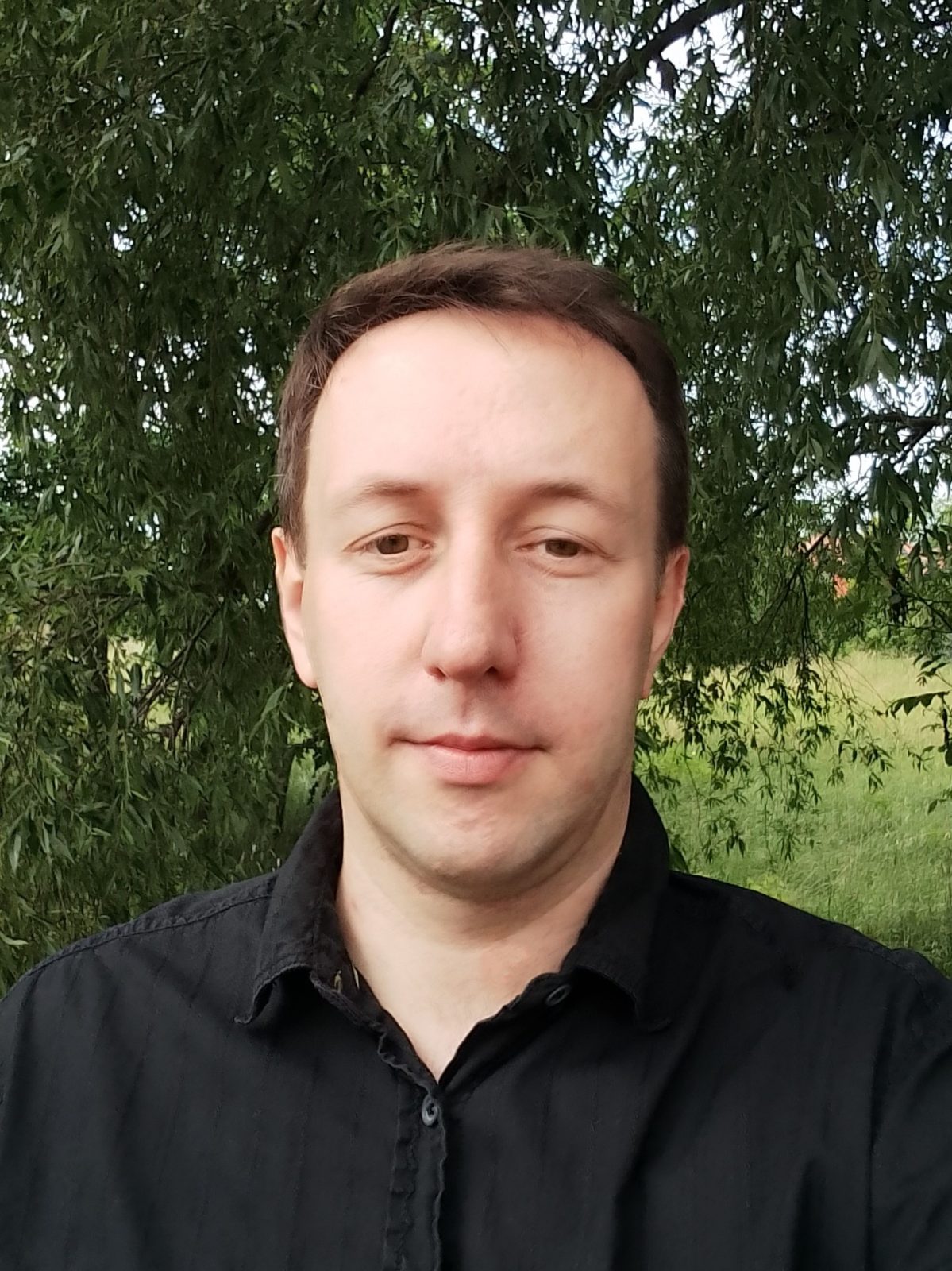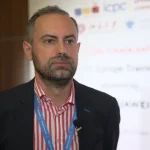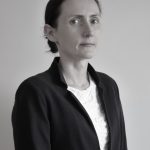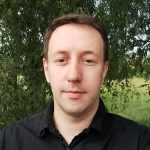
NCN grants for our researchers
27 researchers from our University will receive a total of more than PLN 40 million for the implementation of projects in the recently concluded OPUS26 and SONATA19 competitions of the National Science Centre.
The research funds will go to the Faculty of Physics and Astronomy, the Faculty of Mathematics and Computer Science and the Faculty of Earth and Environmental Sciences, among others.
What are the areas of research of our scientists in these faculties?
At the Faculty of Physics and Astronomy, funding from Opus26 for the research ‘Transport i słabe interakcje w gwiazdach kompaktowych’ (eng. Transport and weak interactions compact stars) will be awarded to dr hab. prof. UWr Armen Sedrakian (PLN 1 334 680.00).
The project concerns compact stars that are born at the final stage of stellar evolution. They have 1.4 times the mass of our Sun and a radius of just 10 km. As a result of being so tightly packed, these stars are very dense. They have recently been observed with gravitational waves emitted at the final moments of collision between two such stars. After such a stellar merger, an object is formed that is much hotter than an ordinary neutron star. Theoretically, the merger of two stars can be described by general relativistic hydrodynamics.
– Until now, such simulations have mainly been carried out under the assumption that the fluid is ideal, that is, there is no scattering – explains our researcher. – The aim of this project is to calculate the transport coefficients that characterise scattering during double neutron star mergers.
– We plan to study electronic transport, as well as the transport of quarks in the dense cores of such stars. This will shed light on the timescales over which the scattering processes operate – adds prof. Sedrakin. – We can then assess the significance of the scattering after comparing these time scales with the characteristic observational time scales involved in these spectacular astrophysical events.
The Faculty of Mathematics and Computer Science will receive a grant from Opus 26 for the research ‘Przetwarzanie olbrzymich danych tekstowych i ich uogólnień: algorytmy i warunkowe ograniczenia dolne’ (eng. Processing massive string data and beyond: algorithms and conditional lower bounds) by dr Paweł Gawrychowski (PLN 2,228,400.00).
– My research is concerned with constructing efficient and demonstrably accurate methods for processing big data, in particular so-called text algorithms, where text is any sequence of characters from some fixed alphabet – says the researcher. – Practical motivation for such issues is provided by bioinformatics, where a text is a sequence of nucleotides consisting of the characters A, C, G, T.
The project deals with the theoretical aspects of text algorithms and aims to deepen the understanding of several major open problems, motivated among other things by potential applications in bioinformatics.
The Faculty of Earth and Environmental Sciences will receive two grants.
From Opus 26 for the research on ‘Beztlenowy rozkład labilnej i nielabilnej osadowej materii organicznej’ (eng. Anaerobic decomposition of labile and non-labile sedimentary organic matter), dr Michał Bucha will receive PLN 1,965,420.00 (the project leader is Univeristy of Wrocław, the partner is University of Silesia in Katowice). Dr Michał Bucha is a geologist and works on the biogeochemistry of sedimentary rocks and the anaerobic decomposition of organic matter.
What does the research involve? Sedimentary organic matter is a key reservoir of carbon in nature.Depending on the balance of its formation and decomposition processes, it can contribute to CO2 sequestration or emission.The dynamics of its decomposition is a very complex issue depending on its chemical composition as well as the microorganisms present. This decomposition can be a source not only of CO2, but also of other ‘greenhouse gases’ – CH4 and N2O. This project aims to link the geochemical analyses of carbon and nitrogen to the analysis of natural microflora in order to better understand biodegradation processes and to study its products in detail. In order to evaluate and determine the geochemical and molecular changes of organic matter as a result of anaerobic decomposition, various low-maturity sludges will be incubated under laboratory conditions with their natural microflora. Possible biodegradation pathways of organic matter will be verified in comparative experiments with sediments such as agriculturally used soil, soil from a coal landfill, natural organic soil, detrital brown coal, xylitic coal (fossil wood), labile and non-labile fractions isolated from natural samples (e.g. lignin and cellulose from peat and brown coals) and cellulose and lignin standards. Decomposition products (biogas, extracts, polymers) will be identified quantitatively and qualitatively using various geochemical methods (GC, GC-MS, IRMS). The natural sediment microflora accompanying biodegradation processes will also be characterised. The results of the study will enhance knowledge of the natural processes currently occurring in organic-rich sediments of terrestrial origin.
From Opus 26 for the research ‘Stężenia alergizującego pyłku w powietrzu atmosferycznym – nowe podejście oparte na modelowaniu i pomiarach’ (eng. Allergenic pollen concentrations in the air – a novel approach based on modelling and measurements), dr hab. inż. prof. UWr Małgorzata Werner will receive PLN 1,979,591.00.
The project addresses an important public health issue related to the presence of allergenic pollen in ambient air.The prevalence of inhalant allergies and asthma in Europe is estimated to have quadrupled over the past 30 years and is still rising. The project touches on key challenges in atmospheric science related to providing reliable spatial and temporal information on the variability of bioallergen concentrations in ambient air. – Such information is crucial to better understand the symptoms of inhalant allergies, diagnose seasonal allergies and assess their treatment, as well as develop strategies to alleviate symptoms – explains our scientist. – The main objectives of the project are: to develop an integrated modelling system of pollen and chemical pollutants concentrations on the scale of Poland and Wrocław, to develop a method of assimilating measurements for modelling spatial distributions of pollen concentrations, and to identify spatial and temporal variability of pollen concentrations in the city using modern modelling and measurement methods.
About other projects at the UWr:
oprac. Katarzyna Górowicz-Maćkiewicz
